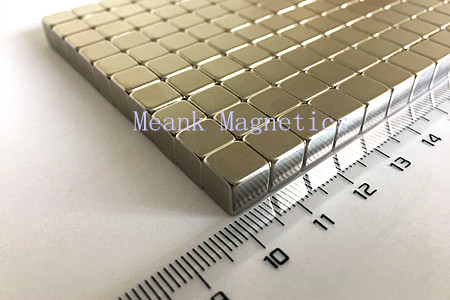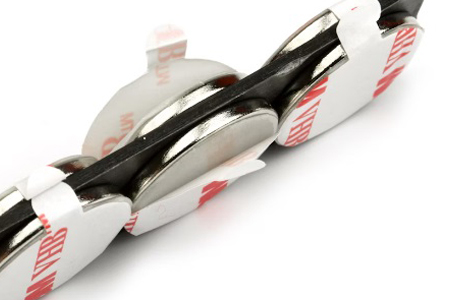The main difference between neodymium cube magnets and hematite magnets is strength. Neodymium permanent magnets are used to make some of the strongest magnets widely known. They are used in industrial and scientific applications. Hematite magnets are one of the weakest magnets and are only suitable for making toys.
Neodymium cube magnets are materials that respond to magnets like iron. It is attracted by magnets, and by easily arranging its atoms so that they all spin in the same way, it is very easy and even spontaneous to form a magnetic field.

Hematite is almost antiferromagnetic. It is attracted by the magnet only when it is heated. Its atoms tend to force its neighbors to line up in opposite ways, making it difficult to form a magnetic field.
Neodymium cube magnets are metal, and like most other metals, they are colored silver. Hematite is not a metal, although it contains some metal atoms. On the contrary, it is a kind of mineral, mainly formed by iron oxide, especially Fe2O3 oxide, which is common rust.
The materials of these two types of magnets are formed in different ways. Neodymium is an element that is formed through the same process as all other elements on the earth. Hematite usually forms on the surface of the earth after iron-bearing minerals are exposed to air and rain. It is also sometimes formed in oceans and lakes. It is a by-product derived from the weathering of other natural minerals.
| Feature | Neodymium Cube Magnets | Hematite Magnets |
| Strength | Very strong, used in industrial and scientific applications | Very weak, suitable for toys |
| Magnetic Response | Easily forms a magnetic field when exposed to a magnet | Difficult to form a magnetic field, requires heating |
| Color | Silver (metallic) | Reddish-brown (mineral) |
| Formation | Element formed through natural processes | Mineral formed by weathering of iron-bearing minerals |




